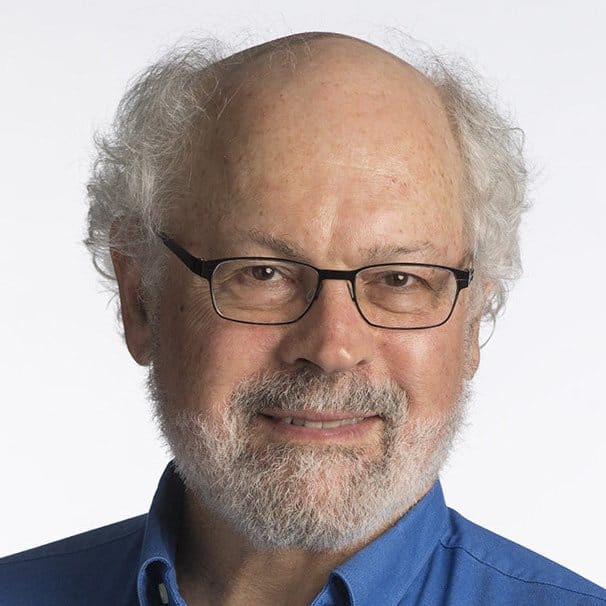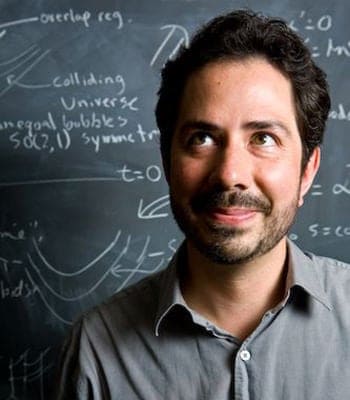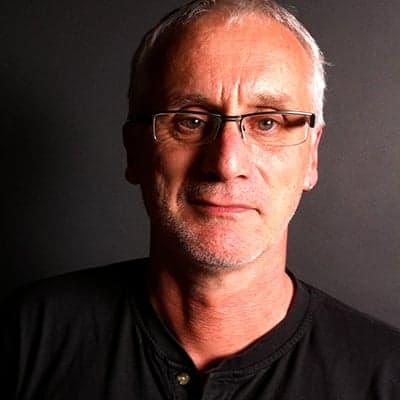Alan Robock | Rutgers University

Contents
Alan Robock | Rutgers University
Distinguished Professor, Department of Environmental Sciences
What can we learn from COVID-19 about other catastrophic risks like nuclear war, AI, etc?
The two threats I worry most about are global warming and nuclear war. The difference between these and the COVID-19 pandemic is that they are completely man-made, in the sense that global warming is caused by greenhouse gases emitted by human activity, and nuclear war could be produced by man-made nuclear weapons. The cause of the pandemic is still not clear, and is probably associated with a jump from animals to humans as an indirect product of human invasion of natural systems for food or other purposes, but the direct link is less clear. On the other hand, we completely understand how greenhouse gases cause global warming, and we completely understand how the use of nuclear weapons would produce horrendous direct effects from blast, fires, and radiation, and indirect climate and agricultural effects from the smoke that would be produced by the fires, including nuclear winter from a war between the U.S. and Russia. And the reason we cannot easily solve the global warming and nuclear problems is that powerful industries have a financial interest in not solving them.
What AI, pandemics, global warming, and nuclear war have in common is that experts have been warning the world about them for quite a while. The 2017 book “Warnings; Finding Cassandras to Stop Catastrophes,” by Richard A. Clarke and R. P. Eddy, describes such alarms. The first nine chapters are about Missed Warnings, and the next eight are about Current Warnings. Chapter 10 is AI, 11 is pandemics, 12 is global warming, and 13 is nuclear winter (featuring me).
The lesson from the current pandemics is that we have to listen to experts, and prepare or eliminate these potential threats to humanity. I’m no expert on AI or pandemics, but it would be simple to solve the global warming and nuclear winter problems. For global warming, we need to quickly switch to solar and wind power and build more robust energy storage systems and grids. For nuclear winter, we just have to eliminate the 14,000 nuclear weapons that still exist. The 1992 UN Framework Convention on Climate Change shows the way forward for global warming, and the 2017 UN Treaty on the Prohibition of Nuclear Weapons is the path to eliminate the nuclear threat.
To sum up, listen to scientists and experts.
About the Future of Life Institute
The Future of Life Institute (FLI) is a global think tank with a team of 20+ full-time staff operating across the US and Europe. FLI has been working to steer the development of transformative technologies towards benefitting life and away from extreme large-scale risks since its founding in 2014. Find out more about our mission or explore our work.
Related content
Other posts about COVID-19

Yi Zeng | Chinese Academy of Sciences/BAAI

Anthony Aguirre | UC Santa Cruz

Emilia Javorsky | FLI

